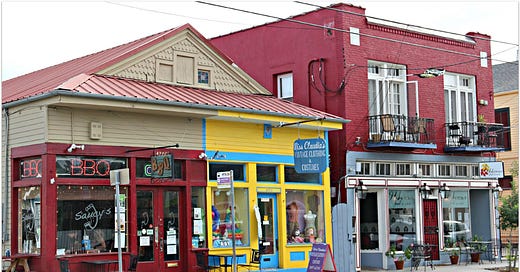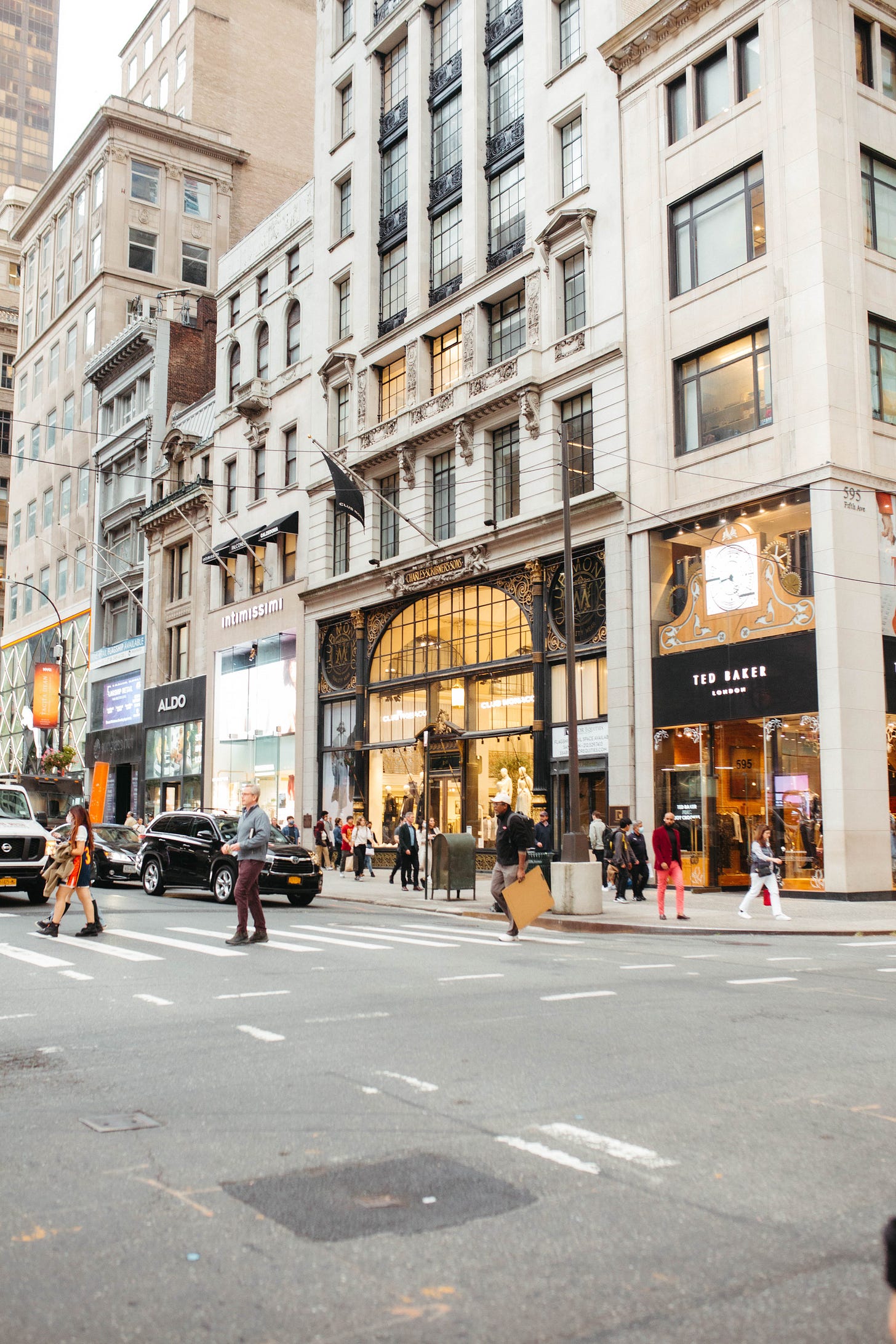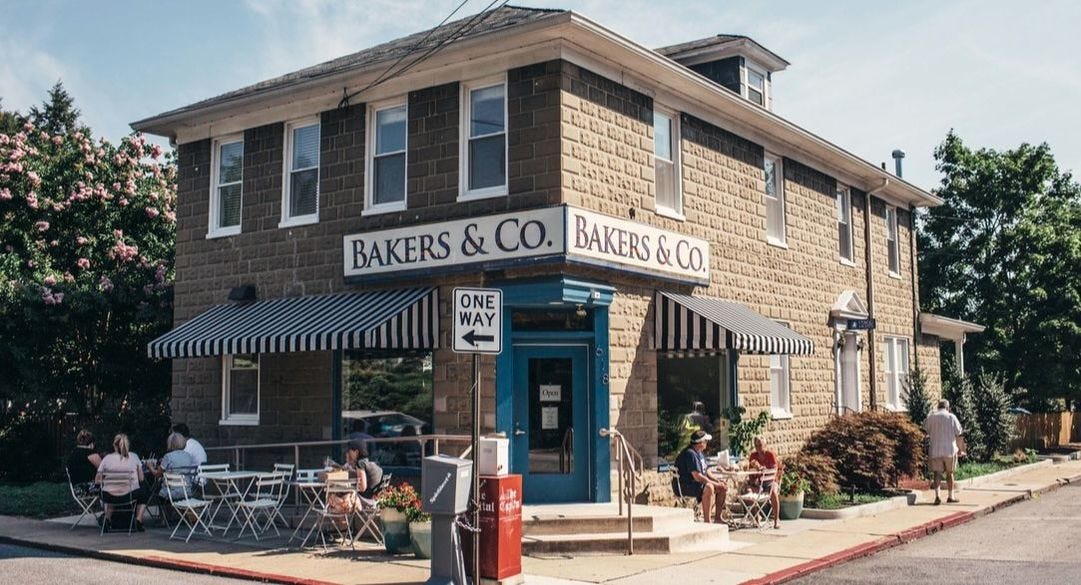We Need a New Movement for Independent Retail
Cities will need unique retail to win the 21st century
Thank you for reading The New Urban Order— where urbanists explore the future of cities. I love writing these posts and one day hope to be able to do it full time. This work is not possible without subscribers. If you find this newsletter useful, wish you could read the best content, and want to support my writing, please subscribe today!
When I took my trip to Spain this summer, I was struck by the abundant retail in Cadiz. I kept thinking that this city of 116,000 people had exponentially more independent and interesting retail than most American cities of comparable size (say, Hartford, Connecticut). The density of the walkable city and small storefront space in every building allowed for abundant micro retail. And it wasn’t full of overpriced luxury goods or dumb tourist trinkets, but a lot of the retail seemed like genuine expressions of a regular person’s skills – creating clothing, baking, or selling housewares. I imagined that this widespread, neighborhood-level retail also helped people to consider retail as a genuine career path. And I was impressed by the number of signs for the local chamber of commerce, which clearly prioritized retail as a pillar of its economic strategy.
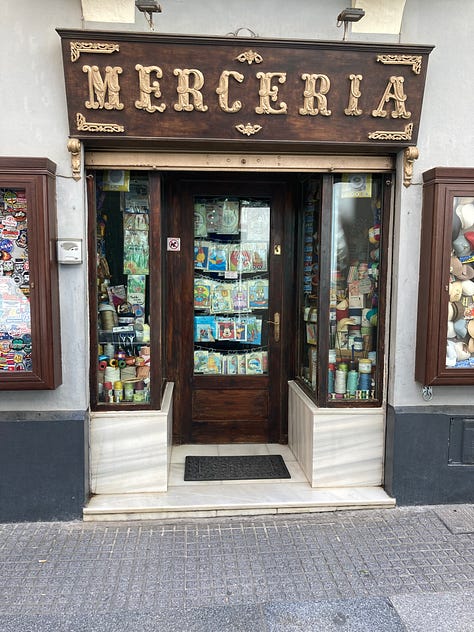
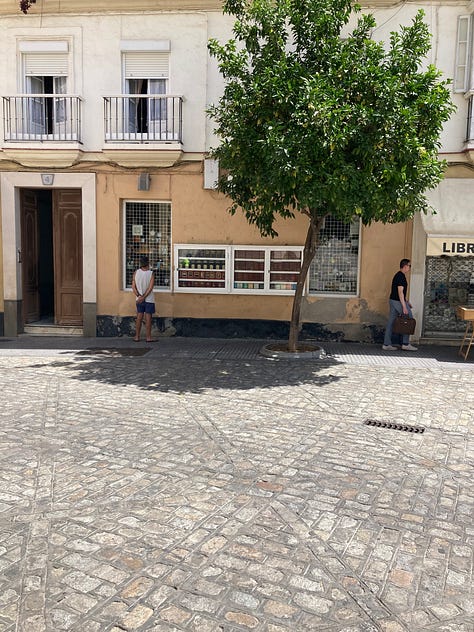
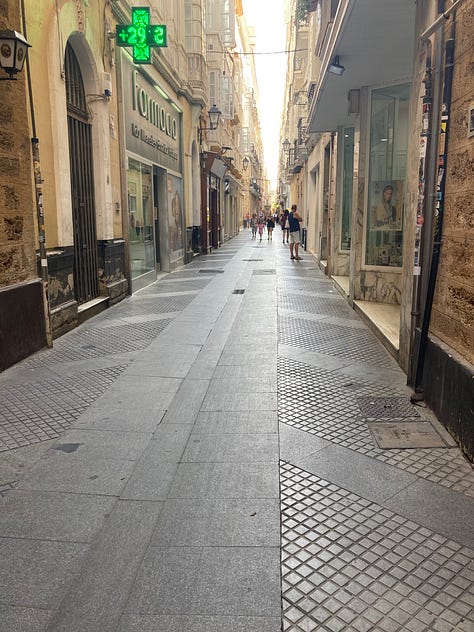
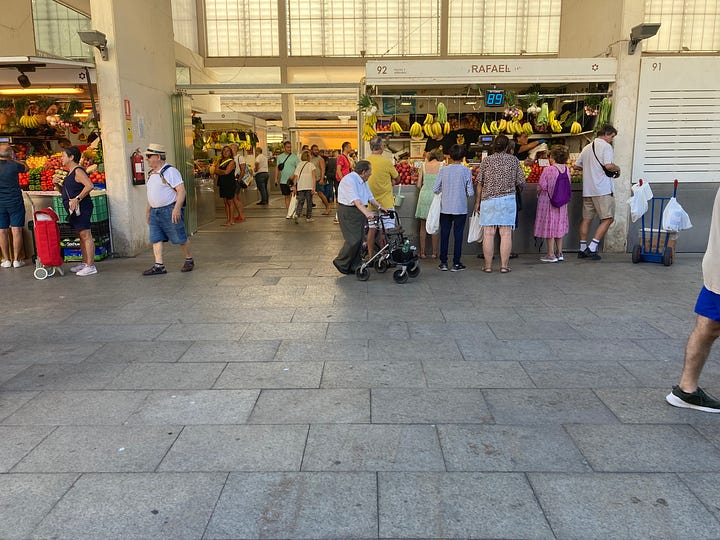
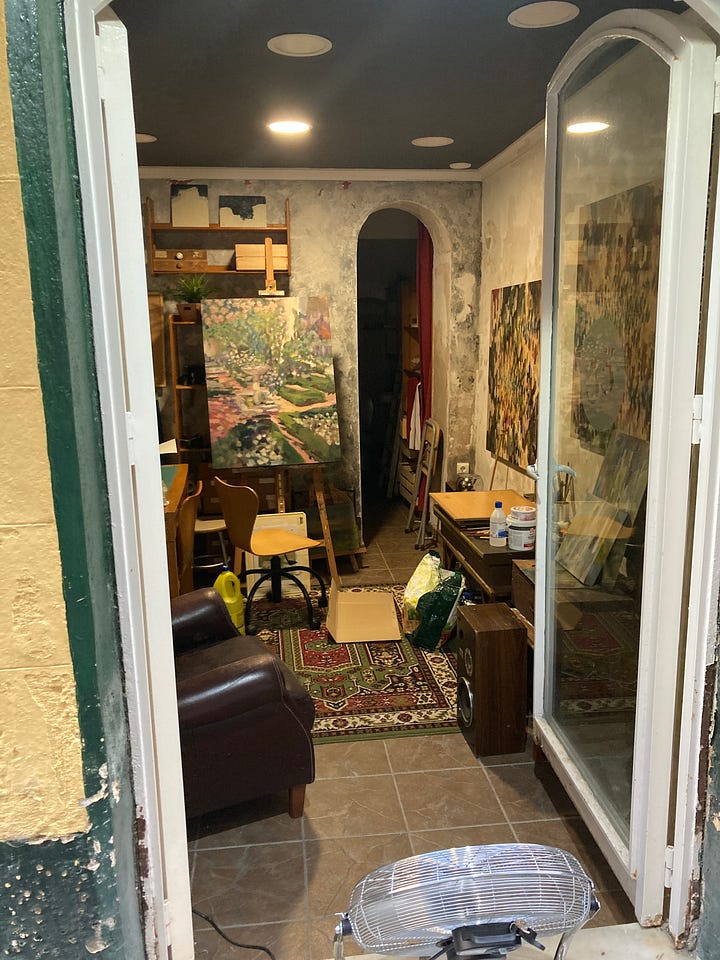
By contrast, I feel pretty concerned about American retail – its quality, its quantity, its direction.
But when I went in search of statistics to back up my feelings, I couldn’t find much to bear this out. Retail is apparently thriving according to the National Retail Federation. Both the mall and many a main street are no longer vacant after COVID closed them down. And chains, while abundant, are still the minority in our cities.
But where’s the data to describe the feeling that the street life of many American cities has started to feel eerily similar? Others have written about the blandly familiar midsized architecture that makes you wonder if you’re in Denver or Nashville or D.C.

But it’s not just the contemporary architecture, it’s also the retail that is increasingly similar. Earlier this year I remarked on my experience finding the same grouping of high-end retailers in Philadelphia and New York in two very different neighborhoods once prized for their unique character.
While shopping malls are intended to have a replicable experience from one to another, cities aren’t. The more that cities lose their uniqueness, the more that residents will balk at the premium to live in them, the more people will hesitate to travel long distances to visit them.
This is an existential problem for cities, but it’s not being treated as such. Street life is just as important as parks and public space, and yet where’s the High Line-level of innovation in independent retail corridors? Who is the Jan Gehl of retail? Why is there no equivalent of a YIMBY movement for independent retail?
Why Bother to Shop in Person?
You know we have a problem when it’s exciting to read about Barnes & Noble, bucking the trend of conventional retail, giving each Barnes & Noble its own individual identity. This plan was hatched by the company’s new CEO, James Daunt, founder of an iconoclastic independent bookstore in London. “The irony is that the less concerned we are with the commercial, the better it works commercially,” he said. People respond to neighborhood and place-based retail. This strategy of creating a chain that has a genuine local feel is probably the only way that Barnes & Noble will continue to fight off online retail.
Online shopping is much more of a thing in the U.S. than it is in some other countries. The more people shop online, the less attractive it is to run an in-person retail shop. And the less that people are out buying stuff in person, the less easy it is to get the critical mass of shoppers needed to sustain in person retail. As I wrote:
Online life has a bi-directional relationship — both a symptom and cause — with many aspects of American life. For example, as people buy more of their goods and services online, there is less quality, practical, local retail in our cities. Nowadays, for an increasing number of Americans, there can often be no other way to get food, clothes, or other basic goods aside from online delivery from Amazon and the like. The more we go online, the less we can expect our physical reality to remain viable.
Unless and until chains cultivate a unique presence in cities that offers something beyond the online experience, they’ll end up having to close shops and layoff employees.
The Problem Of Credit Tenant Leasing
Clearly in-person retail needs to offer something that can’t be found online, and yet we’ve ended up with boring and predictable retail because it fits with the financing structure of new construction across the country. When developers are putting together their pro formas, they need tenants to have investment-grade credit scores to guarantee the rent for multiple years. The developers use that rent to pay off the big loans they need to fund construction. Independent retailers can’t provide this guarantee.
But there may be fewer credit tenants in the future. While the data shows that our big shopping streets are doing fine and seemingly safe from online disruption, I think they’re really just biding their time. Target, which is closing stores in nine cities apparently due to theft and safety concerns, is a canary in the coal mine. There is no need for an in-person Target when almost everything Target offers can be found online or at another chain pharmacy. But can’t the same be said for numerous other chains?
Towards new solutions
Independent retail and commercial building financing are so mismatched that many big commercial buildings will let their storefronts go vacant for months, even years, rather than sign an independent tenant, citing the cost of doing a fit out for a new tenant, the problems of turn over, and back rent.
This problem of vacancy in new construction bothered Philadelphia architect Brian Philips. He’d seen a few of the buildings he designed end up with vacant storefronts and so he asked the owners what was going on with their spaces. They explained that they were looking for tenants who could sign multi-year leases at several thousand dollars a month – essentially making it impossible for most independent tenants to occupy the space.

This conundrum inspired Phillips to create a project called Meantime. Meantime will offer a “kit of parts” to help get independent tenants into vacant spaces for a 30-day pop-up. The project will provide coaching to entrepreneurs, as well as connections to find permanent space. Through the course of the pop-up, new tenants will add some vibrancy back to a vacant storefront, giving both tenant and landlords a sense of what this match-up could be like.
Retail pop-ups are nothing new, but what’s different here is that Meantime could create a replicable model that serves as a liaison between major landlords and independent tenants. If you can subvert the credit tenant leasing deadlock on retail space, you open a world of opportunities for independent retailers.
Cities Need Lease Guarantors
Finding ways to get out of the credit tenant deadlock is critical. What if a foundation or a nonprofit or an economic development agency created a credit guarantee for independent retail? This entity could serve as the guarantor of a multi-year lease, agreeing to step in if renters fail to pay the rent. In this model, the landlord gets the piece of mind of a consistent tenant and the neighborhood gets independent retailers into spaces.
This is a tried-and-true model for housing homeless people; homelessness nonprofits guarantee home leases all the time. Why not use that model for retail? The city could track the return on investment for a program like this. Even if independent tenants failed from time to time, the city would see other benefits: more income taxes, more business taxes, more small businesses growing into larger ones.
Independent retail is so critical to tourism and to a city’s identity — and too few cities think about retail as an economic engine both for local residents and for tourism. Think of Charleston without King Street or New Orleans without Magazine Street.

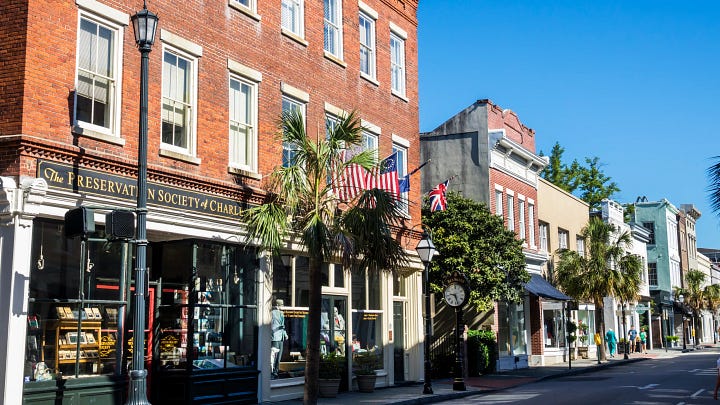
These long retail strips drive tourism and urban connection in a way that chain retail never could.
Indeed, cities that invest in retail are rewarded with not just more shops, but a multiplier effect. The city of Montreal has for years offered a strong subsidy for renovating commercial spaces by hiring architects and interior designers. Then from 1995 to 2015, the city held a competition called Commerce Design Montreal to celebrate the best designed retail in the city. These efforts raised the bar for the city’s retail, grew its design culture and industries, and helped make Montreal an outsized tourism magnet for Canada.
Corner Stores
The problem of credit tenant leasing also points to a need for more retail spaces that aren’t in major commercial buildings or in new construction. Cities used to have abundant corner store retail, but corner stores largely disappeared as single-family zoning made them illegal in residential neighborhoods. Cities like Washington, D.C. have reinstated corner stores in new zoning codes. Vancouver is currently requesting feedback from its citizens on reinstating them in their zoning.
If cities are serious about creating 15-minute neighborhoods, corner store retail will likely have to be part of the picture. Many residents are opposed to corner stores — but an advocacy campaign that helps educate people about the benefits of corner retail could win them over.
The need for a new retail movement
Ultimately, there needs to be an international movement for retail akin to those that have supported placemaking, YIMBY development, and 15 minute cities.
This movement would:
Push for a bigger role for independent retail in metropolitan economic agendas
Craft retail-friendly policies in city halls
Track more nuanced metrics about the state of retail in cities, disaggregating chain and independent retail
Craft retail advocacy campaigns
Share best practices from the cities and countries who have embraced independent retail and have the receipts.
This is the one wholly free article of the month at The New Urban Order. If you like this content and want to read past the paywall in the 30 articles in the archive, please upgrade to a paid subscription to get the full experience. I love writing this content and would love to do it full time if I can get enough paying subscribers to make that possible! Thanks!


